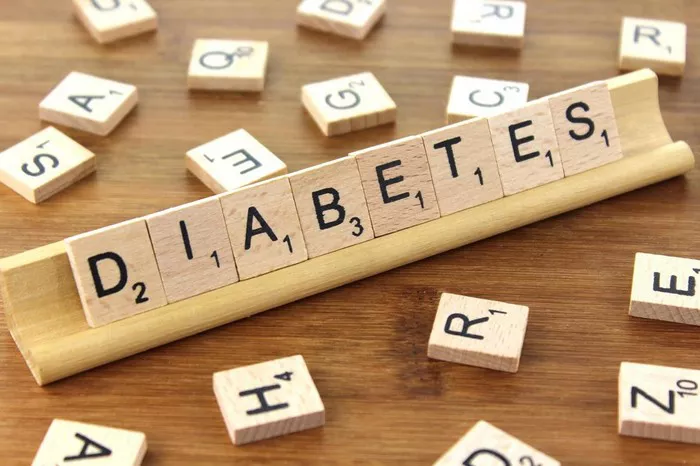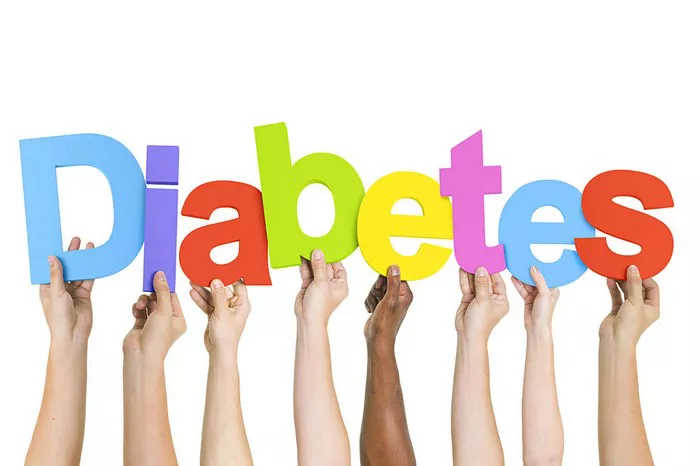Insulin resistance, a hallmark of type 2 diabetes mellitus (T2DM) and a precursor to various metabolic disorders, presents a significant challenge in modern healthcare. As the prevalence of T2DM continues to rise globally, early detection and management of insulin resistance have become imperative for reducing the burden of associated complications. This article aims to provide a thorough overview of the methods and techniques utilized by healthcare professionals to assess insulin resistance in clinical settings.
Understanding Insulin Resistance
Insulin, a hormone secreted by pancreatic beta cells, plays a pivotal role in regulating glucose metabolism. Its primary function is to facilitate the uptake of glucose from the bloodstream into cells, where it is utilized for energy production or stored for future use. Insulin resistance occurs when cells fail to respond effectively to insulin, resulting in impaired glucose uptake and elevated blood glucose levels. Over time, compensatory mechanisms lead to hyperinsulinemia, further exacerbating insulin resistance and contributing to metabolic dysfunction.
Insulin resistance is intricately linked to various metabolic abnormalities, including dyslipidemia, hypertension, and abdominal obesity, collectively known as the metabolic syndrome. Additionally, it serves as a major risk factor for the development of T2DM, cardiovascular disease, and non-alcoholic fatty liver disease (NAFLD). Given its central role in the pathogenesis of these conditions, early detection and intervention are essential for preventing long-term complications.
Clinical Assessment of Insulin Resistance
A multitude of methods are available for assessing insulin resistance, ranging from simple clinical measures to complex laboratory tests. The choice of approach depends on factors such as accessibility, cost, and the specific needs of individual patients. Here, we discuss some of the most commonly employed techniques for evaluating insulin resistance in clinical practice:
1. Fasting Plasma Insulin (FPI) and Homeostasis Model Assessment of Insulin Resistance (HOMA-IR)
Fasting plasma insulin levels provide a basic indicator of insulin sensitivity, with higher concentrations suggestive of insulin resistance. The HOMA-IR, calculated using fasting insulin and glucose levels, offers a simple and cost-effective method for estimating insulin resistance in research and clinical settings. A higher HOMA-IR value reflects greater insulin resistance, with values above 2.5 generally considered indicative of impaired insulin sensitivity.
2. Oral Glucose Tolerance Test (OGTT)
The OGTT involves administering a standard dose of glucose orally and measuring plasma glucose and insulin levels at specified intervals. This test assesses both fasting and postprandial glucose and insulin dynamics, providing valuable insights into insulin sensitivity and beta-cell function. The presence of impaired glucose tolerance (IGT) or elevated insulin levels during the OGTT may indicate underlying insulin resistance and prediabetes.
3. Hyperinsulinemic Euglycemic Clamp
Considered the gold standard for measuring insulin sensitivity, the hyperinsulinemic euglycemic clamp offers a direct assessment of glucose uptake by peripheral tissues. This technique involves infusing insulin intravenously at a constant rate to achieve physiological levels while maintaining blood glucose concentrations within a narrow range (euglycemia) through glucose infusion. The rate of glucose infusion required to maintain euglycemia serves as a measure of insulin sensitivity, with lower rates indicative of greater resistance.
4. Insulin Suppression Test
The insulin suppression test evaluates insulin sensitivity by assessing the ability of exogenously administered insulin to suppress endogenous glucose production. Following an overnight fast, a bolus of insulin is administered, and blood samples are collected to measure glucose and insulin concentrations over several hours. A blunted suppression of hepatic glucose production indicates impaired insulin sensitivity and may suggest the presence of insulin resistance.
5. Quantitative Insulin Sensitivity Check Index (QUICKI)
The QUICKI, derived from fasting insulin and glucose levels, provides a simple and reliable estimate of insulin sensitivity. It is calculated using the formula 1 / [log(FPI) + log(FPG)], where FPI represents fasting plasma insulin and FPG denotes fasting plasma glucose. Lower QUICKI values correspond to reduced insulin sensitivity and greater insulin resistance, making it a useful tool for risk stratification and monitoring metabolic health.
6. Insulin Resistance Index (IRI)
The insulin resistance index integrates fasting glucose and insulin concentrations to quantify insulin resistance and predict T2DM risk. It is calculated as [FPI (mU/L) × FPG (mmol/L)] / 22.5, with higher IRI values indicative of insulin resistance. The IRI has demonstrated utility in identifying individuals at increased risk of metabolic syndrome and cardiovascular disease, facilitating early intervention and risk management.
7. Adipose Tissue Biopsy and Molecular Analysis
In certain cases, adipose tissue biopsy and molecular analysis may be warranted to investigate the underlying mechanisms of insulin resistance. This invasive procedure allows for the examination of adipocyte morphology, lipid metabolism, and inflammatory markers within adipose tissue samples. Molecular techniques, such as gene expression profiling and proteomic analysis, provide further insights into the dysregulation of metabolic pathways contributing to insulin resistance.
See also:What Is The Signs Of Insulin Resistance
Conclusion
Insulin resistance represents a critical determinant of metabolic health and a major risk factor for the development of T2DM and cardiovascular disease. Early detection and intervention are essential for mitigating the adverse consequences of insulin resistance and improving patient outcomes. Healthcare professionals play a pivotal role in assessing insulin sensitivity through a combination of clinical, biochemical, and molecular techniques. By employing a comprehensive approach to testing for insulin resistance, clinicians can identify individuals at heightened risk and implement targeted interventions to prevent progression to overt disease. Through ongoing research and clinical innovation, the management of insulin resistance continues to evolve, offering new opportunities for personalized therapy and improved metabolic outcomes.
Related topics:
What Is The Root Cause Of Insulin Resistance


























